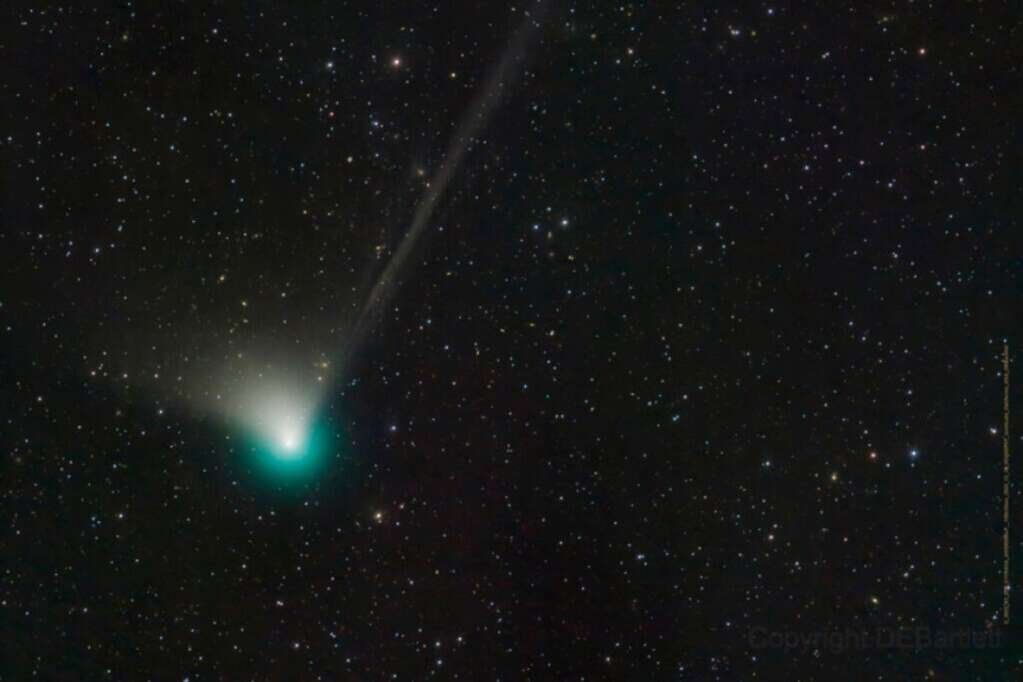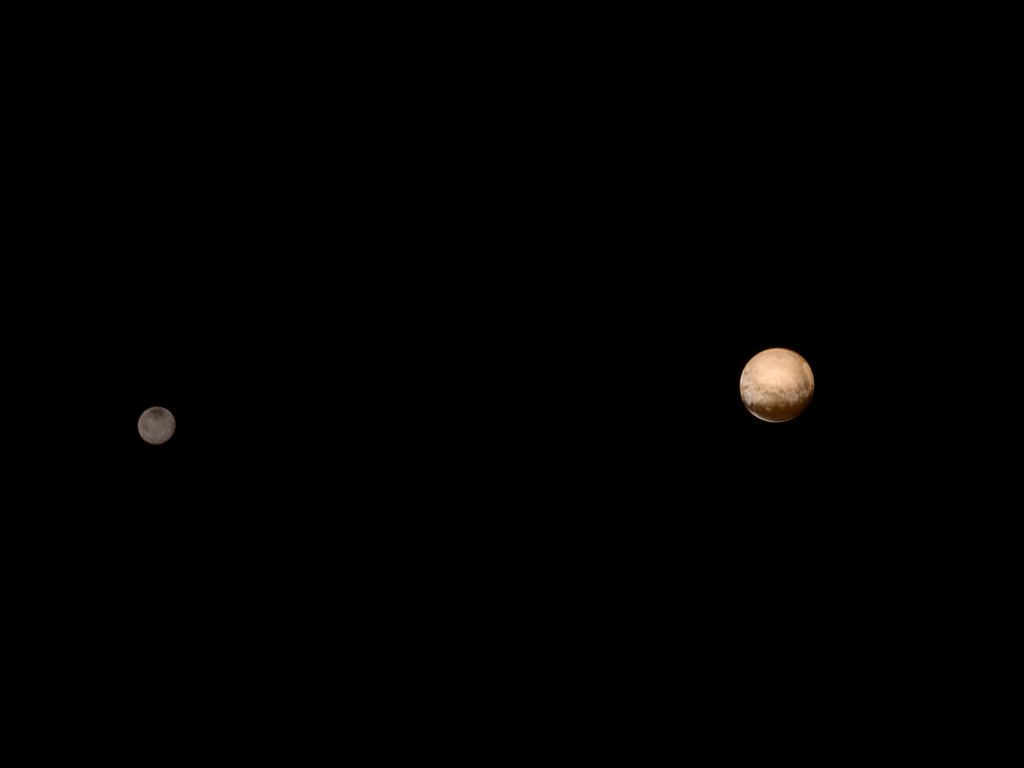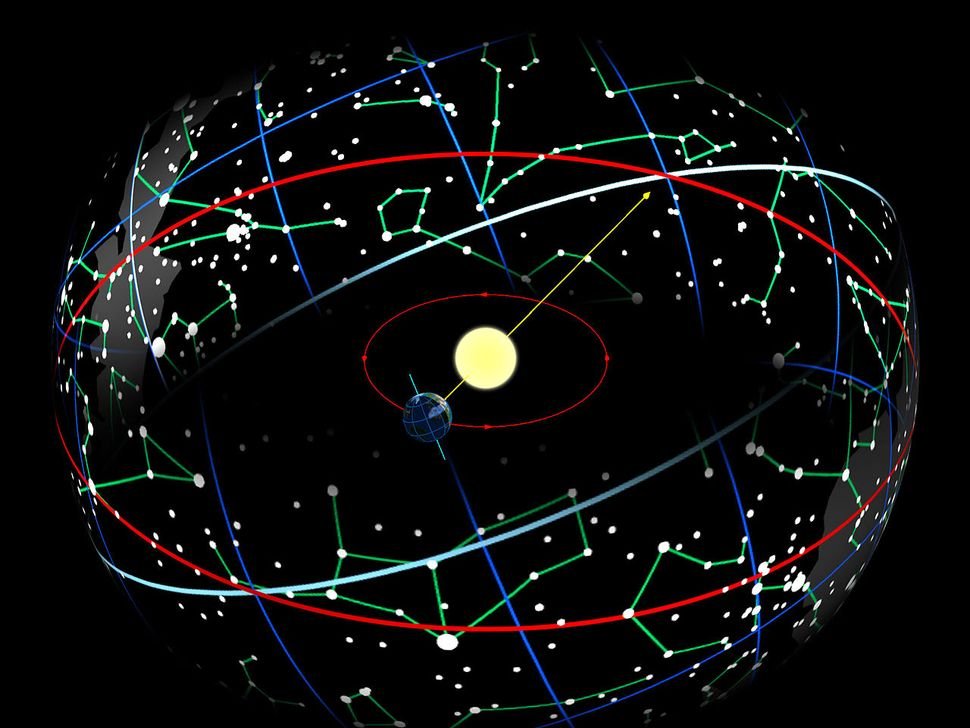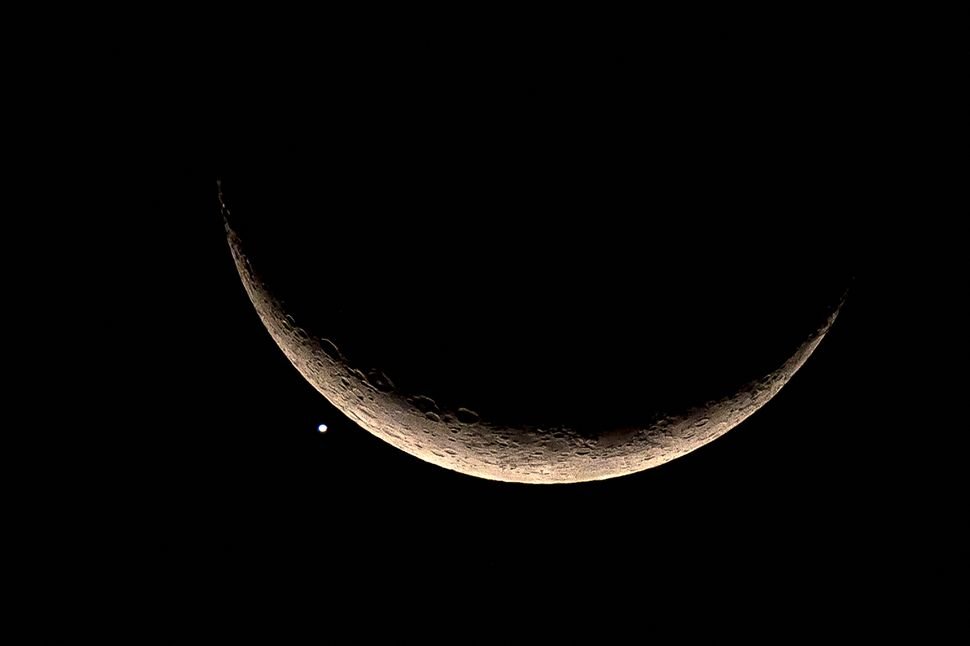In the depths of the night sky, a unique spectacle is poised to unfold before us. celestial On Thursday, Nov. 9, Venus and a waning crescent moon, the two luminaries of the night, will engage in a celestial dance that promises to captivate our hearts.
Setting the Scene

To witness this extraordinary event, one must first ensure the perfect timing and environment. Set your alarm for around 5 a.m. and venture to a location with a clear view of the east-southeastern sky. At that moment, suspended about one-quarter up in the sky, a waning crescent moon, 15% illuminated by the sun, will grace the heavens. To its right, less than a degree away, Venus will be ablaze at magnitude -4.4, shining 15 times brighter than Sirius, the brightest star.
Those residing on the East Coast will be treated to the closest proximity of the moon and planet, while West Coast observers will witness a slightly greater separation as the pair rises.
The Dynamic Duo

This dynamic duo promises to be a visually arresting sight that will draw the attention of even those who don’t typically spare more than a casual glance at the sky. Pre-sunrise commuters heading eastward will find both the moon and Venus looming directly ahead on their way to work or school.
It’s also conceivable that observers may witness the full globe of the moon, its darkened portion glowing with a bluish-gray hue sandwiched between the sunlit crescent and the not-so-dark sky. This phenomenon, known as “the old moon in the young moon’s arms,” was first recognized by Leonardo da Vinci (1452-1519) as Earthshine. When viewed through binoculars, it imparts a three-dimensional effect, with the moon appearing as a strangely illuminated orb next to the brilliant jewel that is Venus.
The Moon Hides Venus
For fortunate inhabitants in the far-northern regions of Nunavut, Canada, or central and northern Greenland, the moon will be seen to cross in front of Venus, momentarily hiding it — an astronomical event known as an occultation. This effect will also be visible across much of Europe and a slice of northern Africa, albeit during the daytime.
Planetary Peregrinations

Throughout any given year, a wide variety of conjunctions and configurations involving the moon and planets occur. From our earthly vantage point, we can readily observe Mercury, Venus, Mars, Jupiter, and Saturn with our unaided eyes as they revolve around the sun. Each of these planets appears to move against the starry background at its own pace and along its unique path. Since they are constantly moving at different speeds, the positions of all five planets at any particular moment in time are unique. All these naked-eye planets, along with the moon, closely follow an imaginary line in the sky called the ecliptic. The ecliptic represents the extension or projection of the plane of the Earth’s orbit towards the sky. The moon and planets, when visible in our sky, always stay relatively close to the ecliptic line.
Technically, the ecliptic is the apparent path that the sun takes through the sky due to the Earth’s revolution around it. Twelve of the constellations through which the ecliptic passes form the zodiac; their names, easily identifiable on standard star charts, are familiar to millions of horoscope users who would otherwise struggle to locate them in the actual sky.
But Will it Have Any Effect on Earthly Affairs

Ancient civilizations likely noted the planets’ ability to wander freely in the heavens, unlike the “fixed” stars that remained rooted in their positions. This apparent ability to move had an almost magical, god-like quality, evident in the planets’ names representing ancient deities. Skywatchers of thousands of years ago may have deduced that if the movements of the planets held any significance, it was to inform those who could interpret celestial signs about the fates that lay ahead. Even today, there are those who firmly believe that the changing positions of the sun, moon, and planets can influence the destinies of individuals and nations on Earth.
As for any chance that the impending tight conjunction between Venus and the moon might influence our lives, we at Space.com say forget it! No astrologer can predict when a specific event, good or bad, will occur on Earth resulting from planetary alignments or any other celestial configuration.
In fact, what often happens after a beautiful celestial tableau like what will appear in our early morning sky on Thursday is that people forget about it. The planets in the night sky are constantly shifting in and out of celestial liaisons. Yet, “astronomical amnesia” allows many to forget the last time they assembled for such a performance. Many also usually fail to recall that none of the magical thinking attributed to the previous event ever materialized.
In fact, probably the only thing that this impending moon-Venus rendezvous will cause is a flurry of predawn phone calls to the news desks of radio and television stations, inquiring about “What is that huge star hovering close to the moon.
ALso Read:How Physicists Crafted the World’s Smallest Particle Accelerator A Journey into Microcosmic Innovati
Conclusion
As we prepare to witness this celestial rendezvous, let’s not forget to look up and marvel at the wonders of the night sky. Whether you’re an avid stargazer or just someone curious about the cosmos, events like these serve as a reminder of the beauty and mystery that surrounds us. So, set your alarms, step outside, and join the cosmic dance of Venus and the crescent moon on the canvas of the predawn sky.
If you want to get an up-close look at the moon during its meet-up with Venus or at any other time, our guides to the best telescopes and binoculars are a great place to start.
And if you’re looking to capture the beauty of the moon or the night sky in general, check out our guide on how to photograph the moon or how to photograph planets, as well as our recommendations for the best cameras and lenses for astrophotography.
Joe Rao, serving as an instructor and guest lecturer at New York’s Hayden Planetarium, shares his insights about astronomy in Natural History magazine, the Farmers’ Almanac, and other publications.
